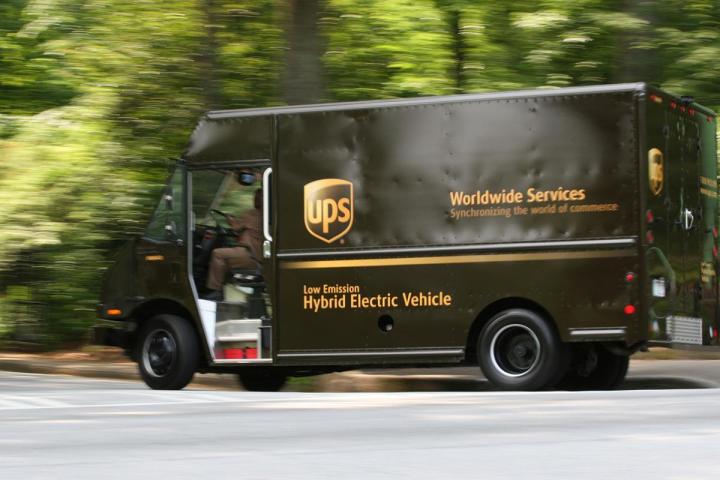
In order to jumpstart the process, NYSERDA is providing $500,000 towards the development and experimentation of the conversion system. Should it prove successful, we should see converted electric UPS trucks wandering the crowded (and polluted) streets of New York by Spring 2018. Not only do involved parties hope to produce a cost-effective all-electric conversion kit, but they also hope to emerge with a plan to help convert up to three UPS vehicles every day. That would mean that by 2022, UPS would be running 1,500 on green energy, or about 66 percent of its New York City-based fleet.
“Public-private partnerships help push innovation forward and transform industries,” Carlton Rose, President, global fleet maintenance and engineering at UPS, said. “This program will help UPS develop and deploy electric delivery trucks faster and more affordably. Because they are cleaner and quieter, electric vehicles are ideal for dense urban environments like New York City and are a critical part of our strategy for the future.”
The converted vehicles will rely on a 225kW Switched Reluctance Motor (SRM) that is said to be ideal for the duty cycle of UPS delivery trucks. Unique Electric Solutions claims that is SRM propulsion system will help provide more miles per battery charge and reduce charging time sand increase energy efficiency over conventional induction motors by up to 20 percent.
This is by no means UPS’ first foray into energy efficiency. The company already runs more than 770 electric or hybrid electric vehicles in city around the world, and recently announced that it hopes one in four purchased vehicles will use alternative fuels or advanced technology by 2020.


